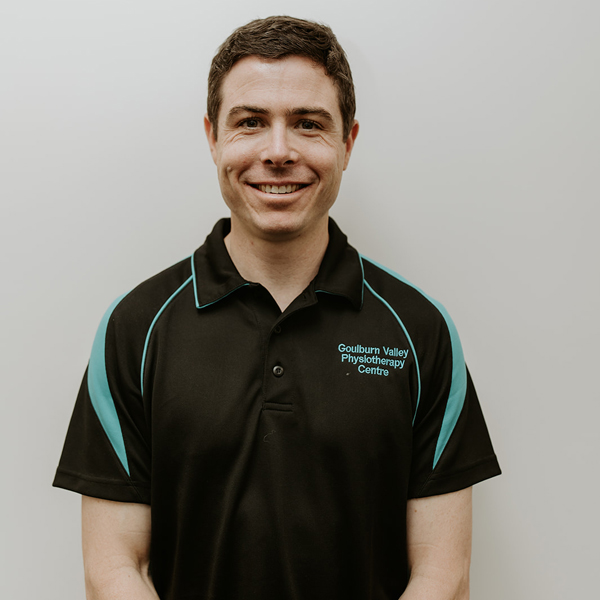After working with people with sports injuries in Shepparton and Numurkah for nearly twenty years, I have seen a lot of different approaches to rehabilitation and recovery. The way an injury is managed can have profound implications on the rate of recovery, the level of recovery, and the rate of reinjury. Some people make full and sustained recoveries, while others seem to have a permanent spot on the injury list. Some may even never return to sport. Here is an outline of “the good,” “the bad” and “the ugly” approaches I have seen.
The Good
The best approach to managing sports injuries has three main components:
- Good early management.
This may involve withdrawal from play to protect the area from further injury, pain relieving modalities such as ice, and professional assessment to determine the nature of the injury.
- Specific rehabilitation.
A specific rehabilitation plan should be developed for each person. This takes into consideration the person’s injury, any impairments and the person’s return to sport goals. For example, despite both players having a hamstring strain, a tennis player’s rehabilitation would look very different to that of a football player as the sports have different physical demands. Obviously, to develop an appropriate rehabilitation plan, thorough and ongoing assessment is required.
- Addressing of injury risk factors
Unfortunately, pre-existing injury is a risk factor for future injury. Each player should be assessed for physical, behavioural and environmental factors that may predispose to future injury. Was there a sudden change in physical load? Are there any strength or balance deficits that need addressing? Are there any lifestyle factors that need to be considered?
Good physiotherapists try to do themselves out of a job. If rehabilitation is done well, recovery is sustained and players minimise visits to the clinic.
The Bad
Many myths have evolved in the space of injury management. People have described many questionable practices either self-inflicted or inflicted on them by others. I’ve heard of:
- rubbing methylated spirits into an injury,
- drinking vinegar,
- having muscles “put into place,” and even
- having ligaments “untwisted.”
At best, these practices are ineffective. At worst they can increase the inflammatory response to an acute injury or delay appropriate treatment and recovery. If a person suggests any of these practices, use your judgment to form your own opinion as to whether they are appropriately trained in injury management.
The Ugly
Now to the worst approaches. Here are a couple of examples that I have seen in the clinic.
- Ignoring an injury
Ignoring something doesn’t necessarily make it go away. I’ve seen examples of sports people attempting play on after knee injury, only to discover ACL and cartilage damage in later assessments. If the area was protected at an earlier stage, the severity of the injury could have been limited, reducing the long-term negative consequences.
- Alcohol
Unfortunately, alcohol and early recovery do not mix. Alcohol may affect the inflammatory process that occurs following an injury. Numerous people have presented to me with swollen and sore joints after a night on the town whilst they were injured.
- Premature return to sport
Recovery takes time. As I have mentioned, injury is the biggest predictor of re-injury, and a premature return to sport elevates the risk further. Often, we are working against deadlines for events, or players are missing out on payments whilst they are on the injury list. People that do well take the view that their body is their priority. A patient approach to rehabilitation will often mean less time away from the sport, or an improvement in performance upon return.
Being injured can be a frustrating and long journey. Making sure that you follow a good approach to your recovery can pay dividends. Goulburn Valley Physiotherapy have highly trained physiotherapists, ready to guide you to a successful return to sport.

Written by
Brenton Kiel
Brenton is a titled Musculoskeletal Physiotherapist having completed his masters degree in the treatment of muscle and joint conditions in addition to his undergraduate Physiotherapy training.

